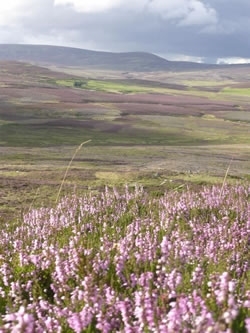 Few issues spark discussion like the ancient art of heather burning. This is hardly surprising because, for many people, it feels counter-intuitive that the controlled burning of small patches of moor can help protect and restore this globally rare habitat.
Few issues spark discussion like the ancient art of heather burning. This is hardly surprising because, for many people, it feels counter-intuitive that the controlled burning of small patches of moor can help protect and restore this globally rare habitat.
This week’s blog, about a paper accepted for publication by the peer-reviewed flagship biology journal of the Royal Society, the world’s longest-standing scientific society, has generated much interest. These independent scientists have assessed the science behind the arguments and highlighted the media bias on this issue.
Swansea University published the paper on its website this week – in its Open Access Repository. We checked with the author there that this ‘For Review Only’ version was supposed to be in the public domain. He confirmed it was and kindly reviewed our blog for accuracy before we posted it.
If you have not yet read the paper, you will have to be patient because the Royal Society has now asked Swansea to remove the paper from its website – they are expecting to publish it in May. The Royal Society has also asked the other authors to “let [the] GWCT know if you need them to make additional changes to the blog”.
For other interesting online blogs and articles about this paper see:
- Blog - Martin Harper – RSPB Conservation Director here
- Blog - George Monbiot – Journalist here
- Press - Ben Webster – Journalist here
- Press - Charlotte Peters – Journalist here
 Free weekly newsletter
Free weekly newsletter
Stay updated on this story and get all the latest GWCT blog updates and news delivered straight to your inbox each Tuesday.
Sign up FREE to the Weekly GWCT Newsletter >